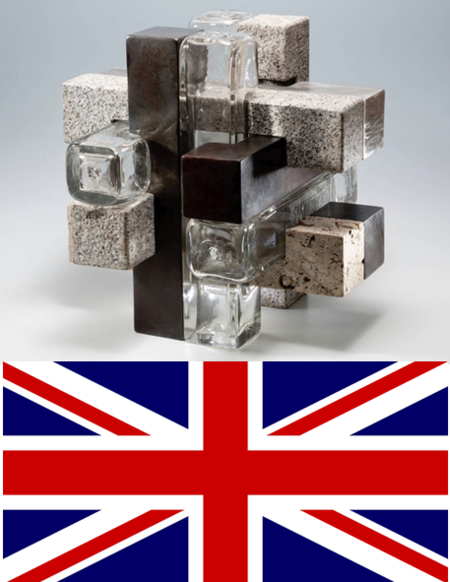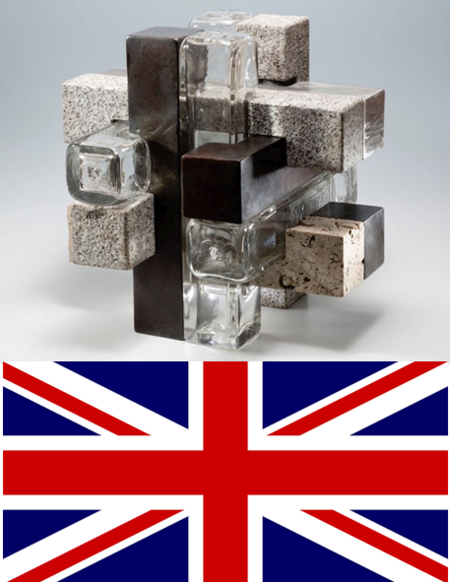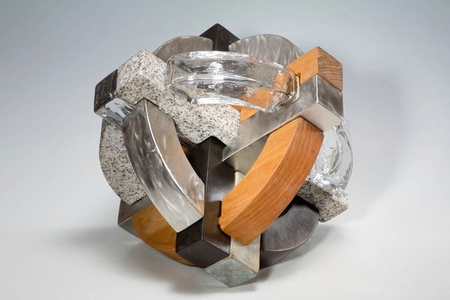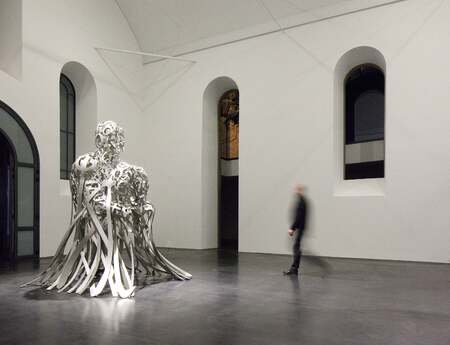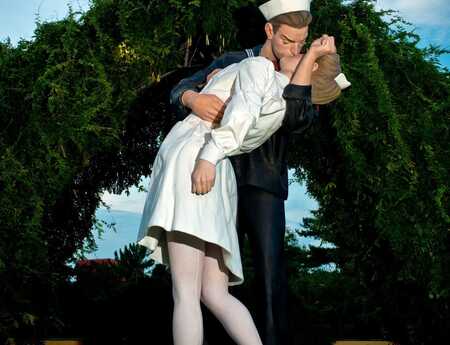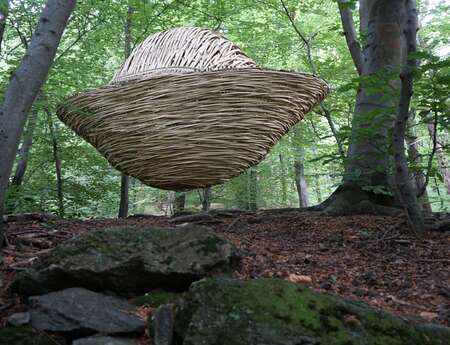Art and Brexit - a conversation about the situation
A conversation with artist and sculpture network member Johannes von Stumm about Brexit and its effects on artists and the art market.
General overview: United Kingdom Great Britain and Brexit
Britain's exit took place on 31 January 2020, since when the UK has been a third country, i.e. a state that is neither a member of the EU nor of the European Free Trade Association EFTA. There is a so-called transitional phase until 31 December 2020, during which further negotiations on relations between GB and the EU will take place. If no agreement is reached, trade will be subject to the rules of the World Trade Organization.
A larger part of the inhabitants of Great Britain hoped to save money compared to the EU by leaving the country. The money now released was to remain in the national budget. This was fueled by Boris Johnson, who campaigned for withdrawal and wanted to allocate this sum, which is currently being paid by the UK to the EU, to the National Health Service. Another point in favour of withdrawal by the Brexit supporters was that the country should regain control of its own immigration policy and that immigration should be curbed. These arguments, together with strong publicity for the withdrawal and its (supposed) benefits, led to a 51.89% popular vote in the EU membership referendum on 23 June 2016. This decision was very close, but the process was purely a referendum, which was not binding on either the government or parliament. Scotland had voted to stay in the EU in this referendum.
Brexit is expected to cause economic losses in the UK and also in the EU. The UK imports a variety of agricultural products and goods for daily use from the EU and other countries. It is becoming apparent that products from the European area will become more expensive due to new customs regulations. It is also feared that the necessary customs controls and new import regulations will slow down the trade in goods in the UK, as the waiting times for clearance at the borders will take longer.

I see the topic negatively. There are fears that working as an artist and living in the UK will be more difficult. Works by artists from the UK are probably only for sale in EU member states with customs declarations. It is to be expected that when works are sent by truck, they will have to be cleared through customs. As all goods and food traded between the EU and the UK are processed at this point, long waiting times must be expected at these points. The same applies to materials that are imported from the EU to GB for the production of plants. It is also possible that these will become more expensive. For example, it can be assumed that there will be long waiting times at the handling points when goods are imported into GB.
After the transitional period, customs duties will be levied when the goods are exported to the EU. This happens when works of art are brought to an exhibition in an EU member state, but also when the works are sold. At the moment the tax for works of art is 10%. The respective amount is to be paid immediately each time the works of art are exported to the EU, including exhibitions. If works of art are very expensive, a six-figure sum may be due, for example. In addition, in times of economic uncertainty, art and culture are given a low status in society and are no longer considered to be of such importance. Art is increasingly perceived as a luxury good and is less in demand. Public investments in art and culture are reduced or cancelled, and private sponsors are also more reluctant to purchase works of art and postpone this until a later, economically better time. As a result, works of art are sold at lower prices at auctions, for example, or only renowned artists and auction houses or galleries are able to compete in the market. In economically difficult times, art as an object of investment and speculation is only possible for a very wealthy clientele that invests primarily in established artists. These circumstances lead to a loss of sales throughout the entire industry and are all the harder for up-and-coming young artists who are not yet so well-known and therefore have not yet been able to generate a secure financial income. It is to be feared that the creative industries will relocate their centres from London to the continent.
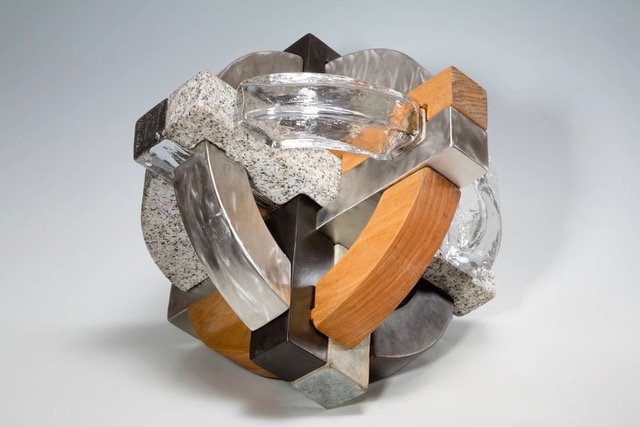
It is known that the European Union Youth Orchestra, founded in 1976, is moving its headquarters from London to Ravenna in Italy. If artists or galleries have a second foothold in Europe, intra-European sales or exhibitions will be easier and cheaper to handle via these destinations. For artists who have mainly exhibited in the EU, a second studio on the continent could also generate better starting and marketing opportunities on the art market. Companies are also relocating their headquarters to the EU. Dyson, for example, has moved its headquarters to Singapore. For me, a second studio within the EU would be very helpful for the handling of exhibitions.
From an artistic or scientific point of view, the exchange is decreasing. Semesters abroad will become more complicated and also the financing of these will be more expensive, because students from the EU will have to pay a higher semester fee now, as from all other countries. Similarly, many (multilingual) people are applying for a second passport and applying to the continent. Many qualified people move to the EU because of the unclear and feared negative effects.
Likewise, artists from Europe will consider going to the UK for a longer period of time or for the realisation of a project, as it is not clear what their status as foreigners is.
At the moment there are no known positive effects of the Brexit for art or the art market. Whether this will change is not foreseeable, but unlikely.
Not very much in the visual arts. However, in art the subject of social criticism is increasing, especially in performances and the actions, overall art is less pictorial. There are also comedy/cabaret evenings on the subject of Brexit, where either the opponents or the supporters of Brexit are discussed in a biting way. Brexit is also very popular in political cartoons.
Art about Brexit
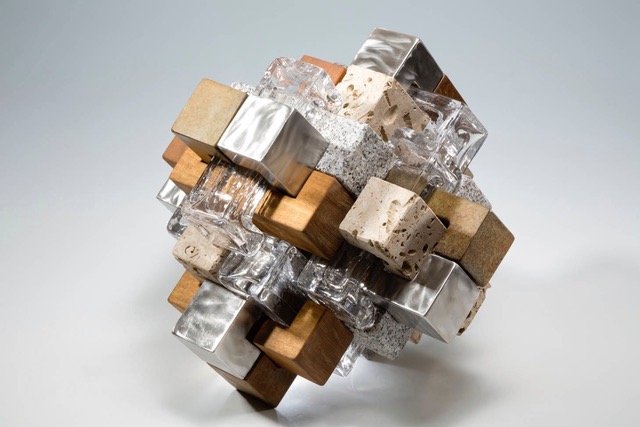
bronze, stainless steel, limestone, granite,
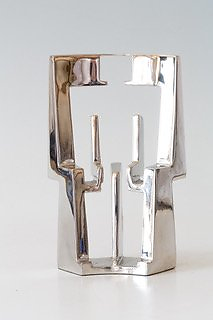
In Antwerp in the Galerie Verbeeck - van Dyck it was planned to show new works by Johannes von Stumm in the period from March 27, 2020 to April 26, 2020. Unfortunately the worldwide corona crisis has prevented the exhibition of artistic objects for the moment. In the exhibition the "Intangible Figures" should be shown. At the moment it is still unclear when the art objects will be shown there in the above mentioned gallery.
These "Immaterial Figures" are about a tension between emptiness and the material surrounding it, which at the same time gives the "form" of emptiness, of immateriality. These works of the artist symbolically reflect inner cohesion and stability, in which the individual parts recede behind the strong and powerful emptiness that outshines everything, making it seem light and alive.
We thank Johannes von Stumm for the interesting conversation!

Author: Dr. Eva Daxl
Eva Daxl studied art with a focus on sculpture. In her PhD thesis she wrote about ceramic materials in art criticism. She is therefore familiar with three-dimensional works of art in theory and practice.
